The News-Hub/ Articles
Back to Articles
Recommended Articles
Fast Fashion: The real cost of your wardrobe
Fashion can be hard to keep up with. That wallet chain or cropped hoodie seemed like a good idea at the time, and so what if it just ended up in the back of the cupboard? Marie Kondo can’t be everywhere at once, right?
Commonly known as ‘fast fashion’, the industry now relies on a model of cheap production, disposal, and constant consumption. It is estimated that £140 million worth of clothing goes into landfills each year, and that’s just when you’ve finally decided to ditch those leg warmers.
Most of the environmental impact comes from the beginning. Consider just one single part of a wardrobe: the sock. A favourite of the cold-footed, and vital for any hipster with rolled-up jeans. The average person owns 20 pairs of socks, with people in Italy alone buying about 16 pairs of new socks each year!
When thinking about fast fashion, socks aren’t the first thing people consider. Though, from the material, to the colours, and the inability to re-wear, fast-fashion socks can do some serious damage. But what’s the effect of buying a cheap packet from a high street store? Let’s follow the life cycle of the average pair.
Starting right at the beginning, we have to consider the material. Mostly commonly, socks are made with cotton. Commercially grown cotton uses vast amounts of pesticides, and is replanted each year, which risks soil degradation and erosion. Just switching to a material such as bamboo or hemp can start to offset this!
Another commonly used material is polyester, which is found in over 50% of our clothing. Plastic polyester can sit for hundreds of years before degrading. Having my socks outlive me, my children and my children’s children seems daunting to say the least!
The variety of colours available in store doesn’t help, as synthetic dye can hugely impact water quality and wildlife. Affecting light absorption in water sources, dye interrupts photosynthetic activity of algae, which seriously impacts the food chain of wildlife.
Thankfully, there’s plenty of alternatives. From sustainable shops, or even learning how to mend fabric, we can start to move away from fast fashion. There’s also some really fun and creative methods; people are even turning to the art of Sashiko, a Japanese style of mending with beautiful stitching. Not only will the environment thank you, but so will your bank account!
So next time you go you for some retail therapy, have a think and ask yourself, how many pairs of socks do you really need?
Empty content. Please select category to preview

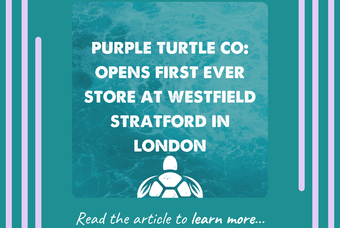


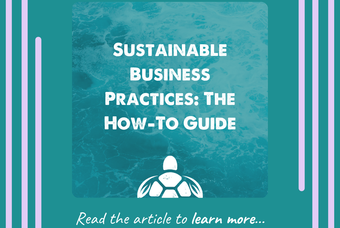

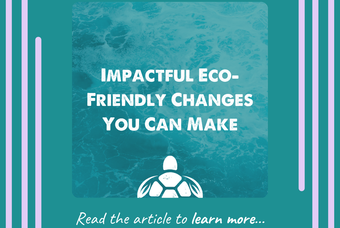
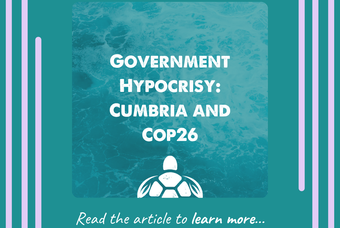
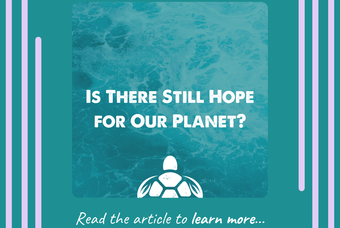
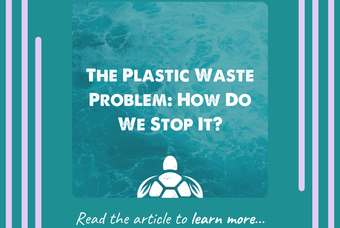

0 comments. Write a comment